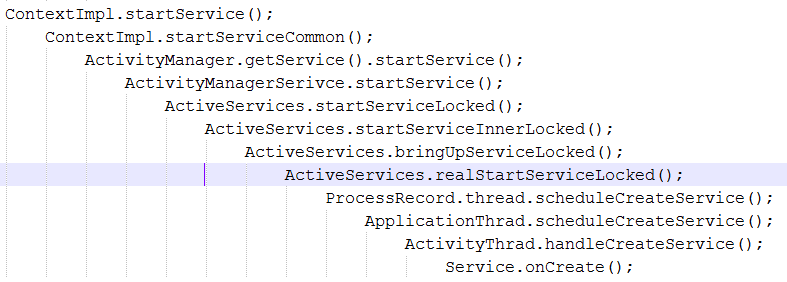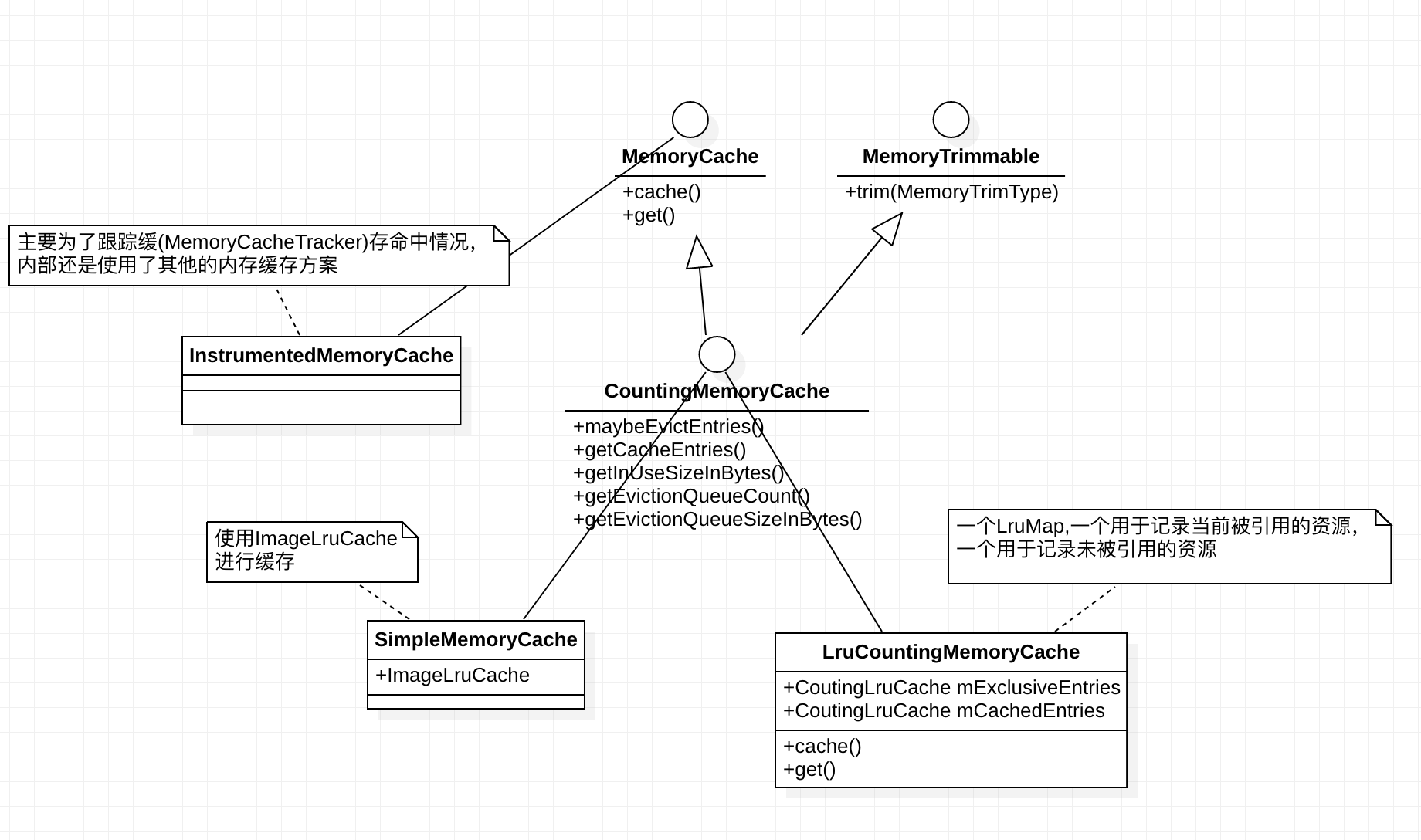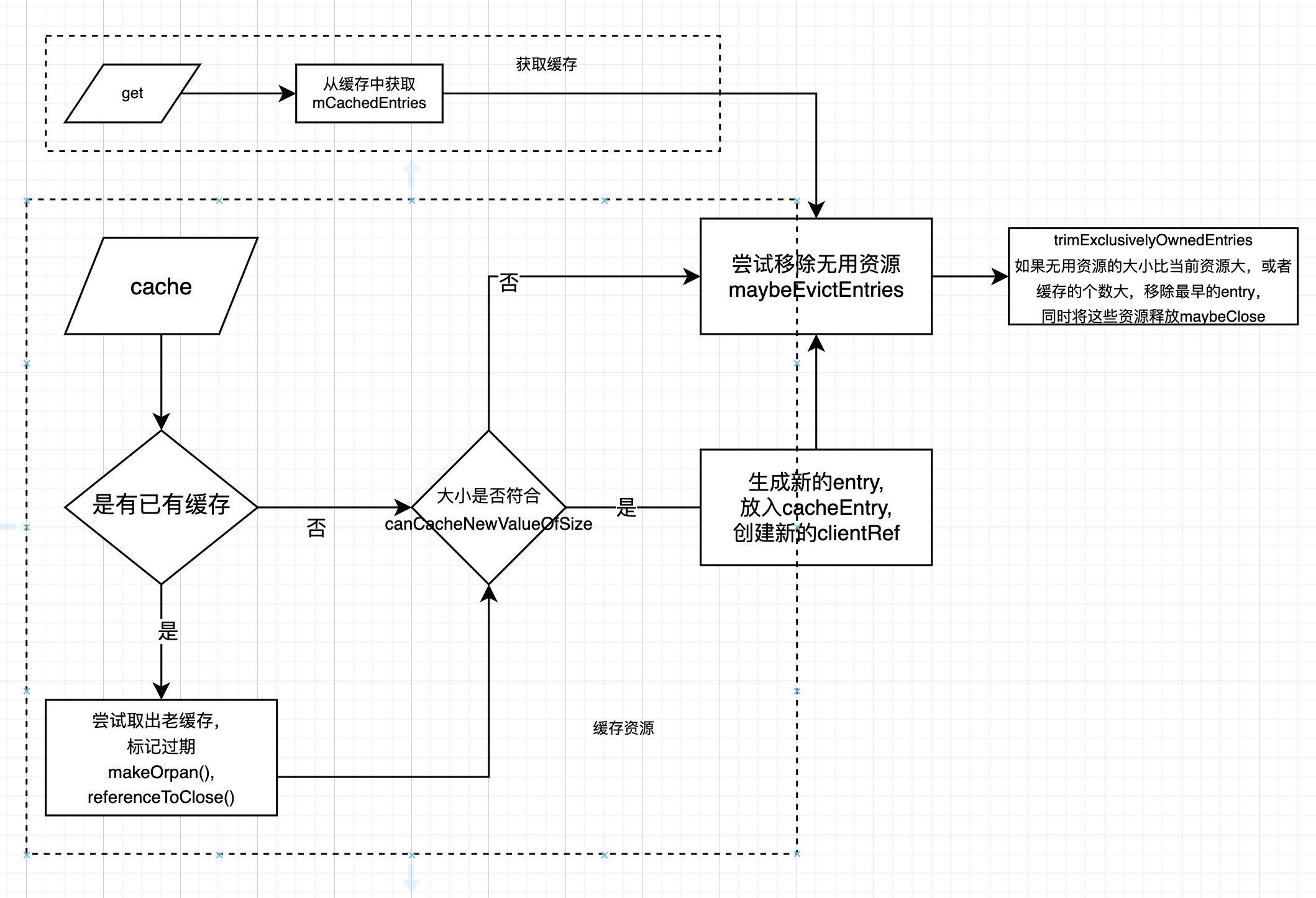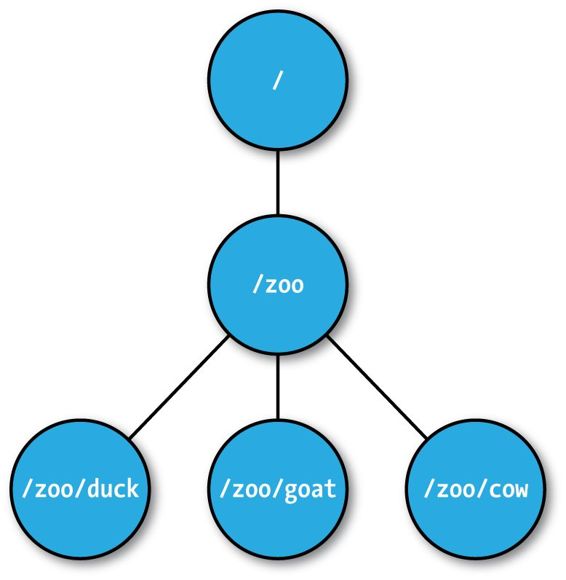Android ANR流程分析
ANR的原因
- 后台Service执行超过20s
- 前台Service执行超过10s
- 按键或触摸事件超过5s
- 前台广播超过10s
- 后台广播超过60s
- ContentProvider超时
系统针对这些场景都有各自的ANR监控机制
原理分析
Service

ANR的监控是在ActiveServices#realStartServiceLocked#bumpServiceExecutingLocked#scheduleServiceTimeoutLocked
建立的

从上图能看出Service启动的时候会给AMS发送一个延时消息,如果service执行完成,那么会移除这个消息,否则这个消息执行serviceTimeout这里就会弹出ANR的弹窗


